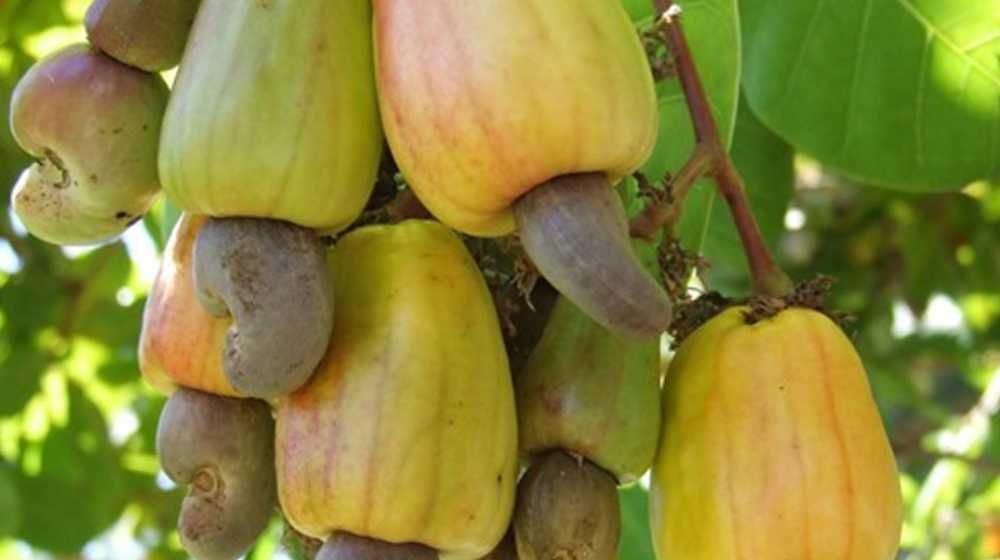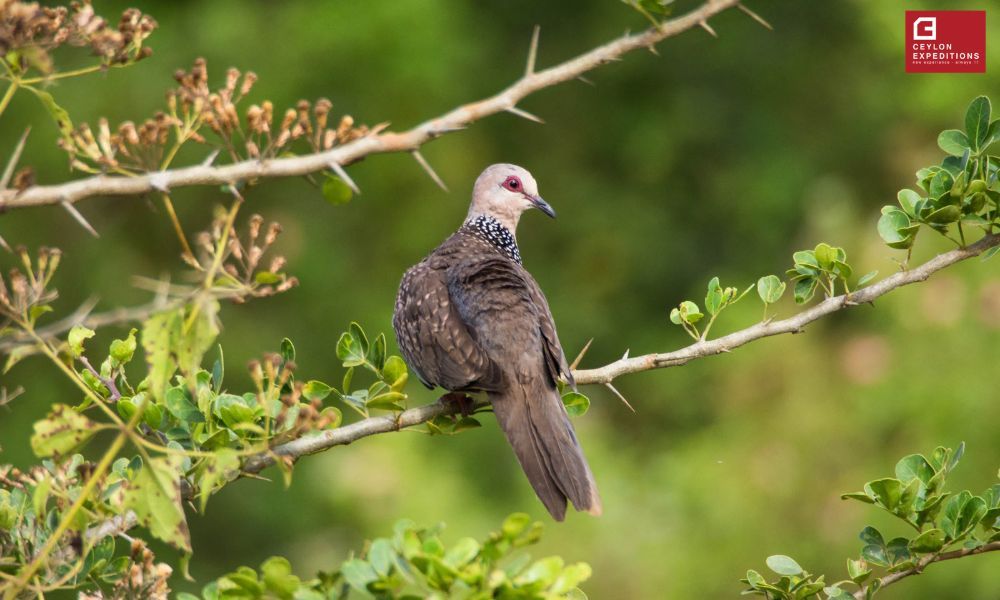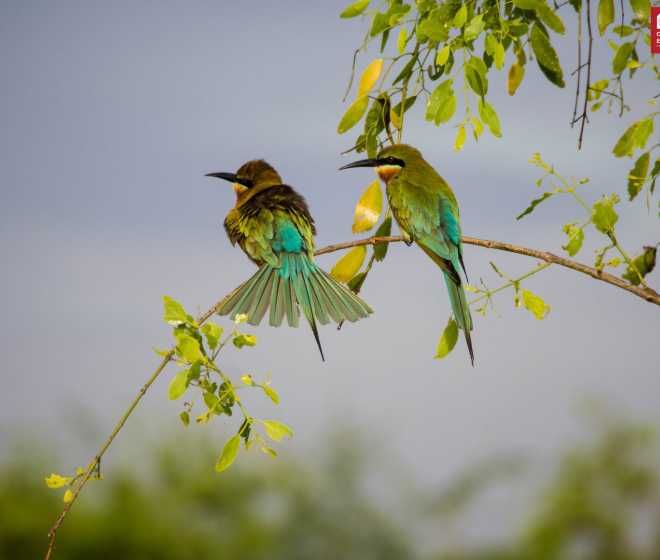
Sri Lanka Tropical Agriculture Industry
Sri Lanka being a tropical island with sun shining throughout the year, agriculture is the most important sector of the Sri Lankan economy. Even though its contribution to the gross domestic product declined substantially during the past few decades, it is the most important source of employment for the majority of the Sri Lankan workforce. Rice is the main crop and farming rice is the most important economic activity for the majority of the people living in rural areas. It is mostly cultivated in the North Central area of Sri Lanka. During the last 5 decades the rice sector grew rapidly and output more than tripled, reaching the highest ever output of 2.9 million metric tons in 1999. Increases in the area under cultivation, and improved productivity due to the modernization of agriculture are the main reasons for an increase in production. The rehabilitation of Sri Lanka’s extensive ancient irrigation network and massive new investment in construction and maintenance of irrigation infrastructure led to a large increase in the area under rice cultivation. In addition to rice, various other food crops are produced for local consumption. They include yams, pulses, grains, vegetables, and fruits.

Most of these crops are cultivated in family gardens, except for potatoes and sugar. Sugar cane is cultivated in the dry zone, and Sri Lanka produces only 15 percent of what it consumes domestically. The major plantation crops of tea, rubber, and coconuts continue to figure prominently in the economy of Sri Lanka; however, the contribution of these commercial crops to gross domestic product declined from 11.5 percent in 1970 to 5 percent in 2000. Tea, the prominent crop of the plantation sector, grows in many parts of the wet zone, and in particular in the central hill country. Sri Lanka is famous for its high quality black tea, and is the largest supplier in the world. In 1999, 269.3 million kilograms of tea (95 percent of total tea production) was exported, earning US$621 million in foreign exchange. The United Kingdom, Russia, and the Middle East are the major export markets. The second major commercial crop is rubber, growing in the ridge and valley country of the wet zone interior. of 159,000 hectares under cultivation, about 80 percent was being tapped (harvested) and in 1999, 96.6 million kilograms of rubber were produced. A sizable proportion of rubber production is used in the domestic manufacturing sector (56 percent in 1999) and the remainder is exported.

China is traditionally the major buyer of Sri Lankan rubber. The performance of this sector has been subject to instability due to unfavorable movements in world prices. Competition from synthetic rubber producers has caused rubber prices to drop. However, with rising petroleum prices (the major ingredient for synthetic rubber) there is a chance for world rubber prices to improve. The third commercial crop, coconuts, is grown mainly in the hinterland of the western seaboard. Production in 1999 accounted for 2,828 million nuts, the highest output since 1986. Coconut (mainly coconut milk) is a major ingredient used in food preparation in Sri Lanka, and nearly 65 percent of the output is consumed locally. The remainder is exported in the form of kernel products (desiccated coconut, coconut oil, copra), coconut cream, and coconut milk powder.



